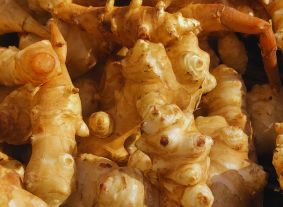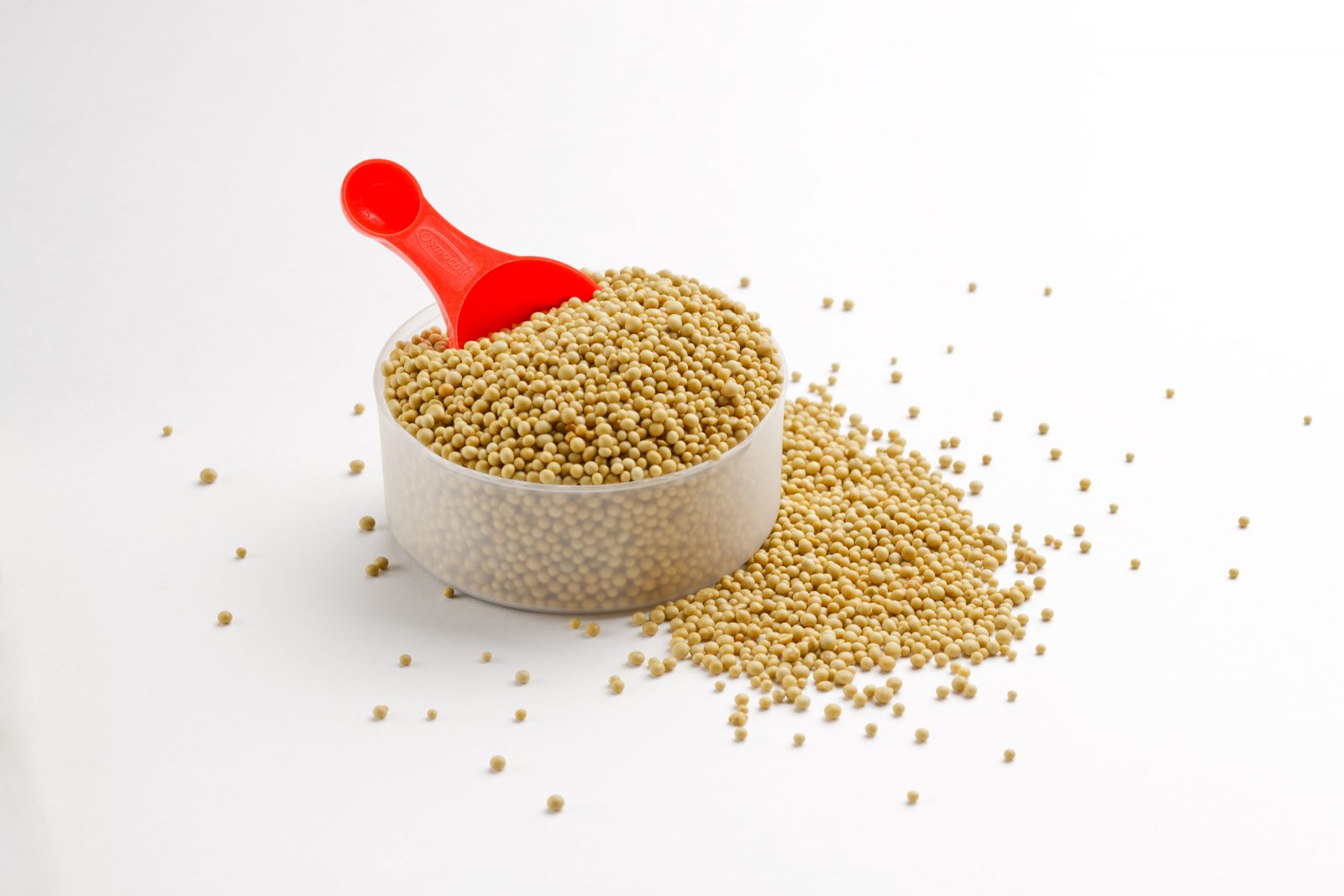Sowing Arugula Indoors
Views: 3757

In just a matter of days, it will be March 1. Odd to think so, because the weather in New England lately has been more along the lines of early April. Winter as we’ve known it has been non-existent.
Does the warm winter mean spring will arrive any sooner? Or will Mother Nature play a trick on us and give us a cold snap, delaying the true and safe start to the gardening season?
Despite the fanciest of weather satellites and computer models, we can’t truly know what weather awaits us four, eight, or more weeks from now. The only plan of action gardeners can take this time of year is to follow the average path. For the time being, set your gardening dates on schedule with what youve done for the last four or five years. Should Mother Nature shine upon you with good weather a week or two ahead of schedule, then you can feel a little better about getting out into the garden on an early date. But for now, hold your horses.
Sowing arugula seeds
Following plans from the past is what I’m doing today as I sow my own seeds indoors. This year the first crop on my list is something a bit untraditional as far as indoor seed starting goes. I’m sowing seeds of arugula, that yummy salad green thats known for a bit of a bite.
The variety I’m starting is called Wasabi, and I received it as a free sample from Renee’s Garden. As its name implies, Wasabi arugula promises to have a spicy wasabi paste flavor. And in about six weeks, I’ll let you know just how spicy it is.
Last year I used Cow Pots for indoor seed sowing, and this year I’m doing the same. You might recall I ran into a problem with mold growing on the outside of these cow manure-based pots. This year I am using Cow Pots again, but plan to water the seeds/seedlings with a mister from the top only, limiting how much water saturates the pot itself.
I’m also trying a new type of seed starting mix. It’s the Seed Starting Blend from Organic Mechanics, and it is 100% organic. While other seed starting mixes have a fine-grained mixture, this one is a bit on the rougher side. But I like that its made from a combination of forest products (you can see tree needles!), coconut husk fiber, worm castings, parboiled rice hulls, and pelletized turkey litter.
Seed Starting Blend also has a charge of something called Streptomyces lydicus, an actual living organism that helps protect the growing roots from root-decaying fungi. It’s a good thing. Picture it with a Superman cape defending your young and defenseless children. Oh, and those worm castings and turkey litter that gives the plant enough nutrition to make it until outdoor-planting time. It’s not grody, it’s nutritious!
Protecting it from flea beetles
Arugula is a crop you’d normally sow directly in the garden soil in April. I’ve done so in the past, with horrible results. Flea beetles feast on the crop’s tender leaves. Just as the plants emerge from the ground, the beetles gnaw them back. Same with other crops whose leaves have a bitter taste, such as broccoli. My garden neighbor clued me in to this fact, and seeing rows of spinach and arugula planted side by side, flea beetles do seem to have a preference.
So, the pots have been filled, the seeds covered, they’ve been misted several times, and now they are under my grow light. Let’s see the flea beetles attack my arugula now!
Meet Ellen Wells
When you’re raised on a farm, you can’t help but know a thing or two about gardening. Ellen Wells is our expert on edible gardening.…







